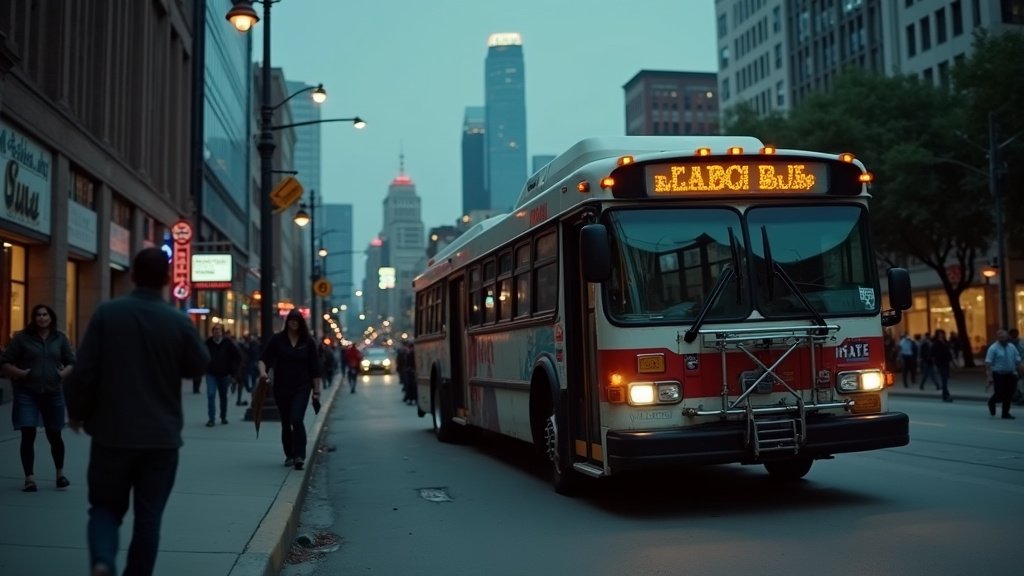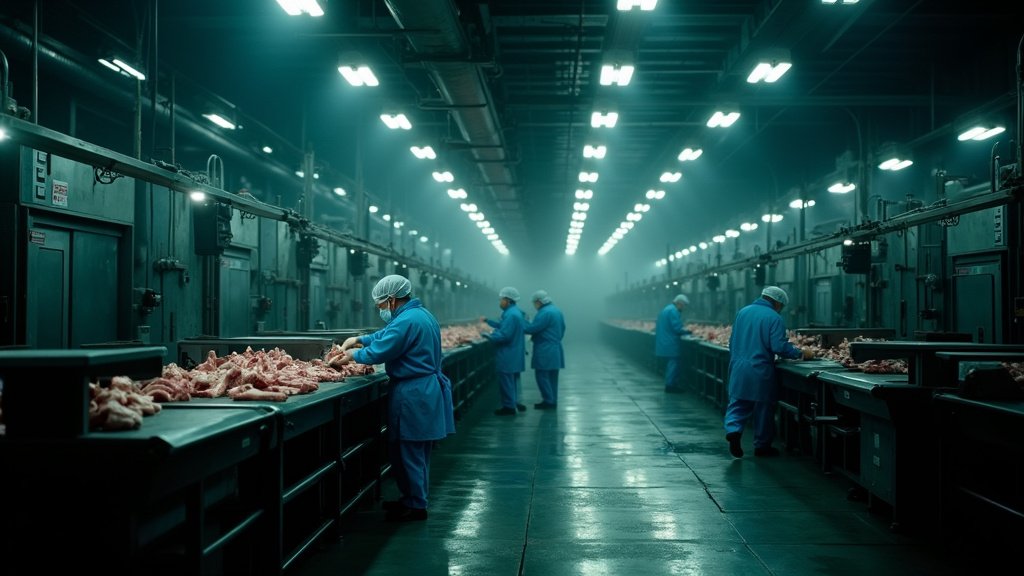In a remarkable shift for a state synonymous with sprawling highways and the automobile, the Texas Transit Plan, unveiled by the Texas Department of Transportation (TxDOT), acknowledges the undeniable need for robust public transit. This significant development, supported by the editorial board of the Houston Chronicle, marks a potential turning point in how Texas approaches mobility as its population continues its relentless surge, offering a clear vision for the Texas Transit Plan.
A Paradigm Shift: The Texas Transit Plan’s Focus on Public Transport
The release of the draft Statewide Multimodal Transit Plan (SMTP 2050) is a stunning admission from an agency historically tasked with building and expanding the state’s vast highway network. With Texas projected to add more than nine million residents by 2050, TxDOT acknowledges that simply paving more roads is not a sustainable solution for the future of the Texas Transit Plan. The plan underscores that the number of drivers has far outpaced the state’s capacity to build sufficient highway infrastructure, leading to increasing congestion and reliability issues for travel across the state. This news signals a critical juncture for Texas’s transportation future, highlighting the importance of the Texas Transit Plan.
The Economic Imperative for Transit Investment in the Texas Transit Plan
A core tenet of TxDOT’s new vision is the compelling economic case for investing in public transit, a key component of the Texas Transit Plan. The plan highlights data from the American Public Transportation Association (APTA) suggesting that every dollar invested in transit yields five dollars in economic returns. A prime example cited is Austin’s CapMetro Red Line, a commuter rail service. Following its opening, areas within a quarter-mile of the line experienced a substantial increase in jobs, with high-paying jobs growing by 154%. Furthermore, economic studies on Transit-Oriented Development (TOD) around Dallas Area Rapid Transit (DART) stations demonstrate billions in economic impact and job creation, reinforcing the notion that communities centered around public transit attract investment and create lasting value, a significant outcome of a well-executed Texas Transit Plan.
Addressing the Mobility Needs of a Growing Texas through the Texas Transit Plan
The draft plan seeks to address critical gaps in Texas’s transit infrastructure, aiming for “statewide connectivity,” a primary objective of the Texas Transit Plan. This ambitious goal involves connecting all cities with at least 10,000 residents with some level of regular transit service, whether through rail or intercity bus routes. TxDOT’s analysis points out the significant challenges in intercity travel, particularly between the major hubs of the “Texas Triangle” – Dallas-Fort Worth, Houston, and San Antonio. Beyond urban centers, the plan recognizes the growing reliance on transit for older Texans in rural areas who face the rising costs of car ownership, while also catering to the preferences of younger generations in urban areas who seek more mobility options, all addressed by the Texas Transit Plan. This Texas transit development is crucial.
Financial Realities and Legislative Hurdles for the Texas Transit Plan
Achieving the vision outlined in the SMTP 2050 would require substantial investment, a major consideration for the Texas Transit Plan. TxDOT estimates that connecting every city with over 10,000 people would necessitate between $30 billion and $40 billion in upfront capital costs, with an additional $5 billion annually for operations. This figure stands in contrast to TxDOT’s existing plan to spend $146 billion on highways over the next decade. Securing such significant funding presents a major political challenge for the Texas Transit Plan. State Senator Robert Nichols, chair of the Senate Transportation Committee, has expressed skepticism about the Legislature’s willingness to commit billions annually to mass transit. Moreover, the state constitution largely earmarks TxDOT’s budget for highway projects, requiring legislative action or a constitutional amendment to reallocate funds for transit initiatives, a hurdle for the Texas Transit Plan.
Adding to the complexity, TxDOT faces legislative proposals that could undermine existing transit systems. Bills have been introduced aiming to divert a portion of sales tax revenue from regional transit authorities like DART to local mobility projects, a move transit officials warn could be catastrophic. This resistance highlights the deep-seated, car-centric growth that TxDOT is now attempting to navigate with its Texas Transit Plan.
Voices for Change and Future Direction in Texas Transit Development
Despite the hurdles, there are legislative efforts pushing for better transit, essential for the Texas Transit Plan. Senator Molly Cook has championed bills focused on public involvement in transportation planning and advocating for infrastructure that considers all road users, contributing to sustainable mobility Texas. Representative Armando Walle has focused on advancing cleaner transportation technologies, introducing legislation for electric trucks and buses. The Houston Chronicle’s editorial board has strongly supported the call for increased transit investment, arguing that Texas needs to spend its transportation funds more wisely, aligning with the goals of the Texas Transit Plan.
The public sentiment also appears to be shifting, with a 2023 poll indicating that 86% of Texans view improving public transportation as at least somewhat important, a positive sign for the Texas Transit Plan. However, this desire is balanced by a continued strong preference for highway investment, illustrating the ongoing tension between tradition and transformation, a key aspect of the Texas transportation future.
Conclusion: A Crucial Conversation Begins for the Texas Transit Plan
TxDOT’s Statewide Multimodal Transit Plan represents a pivotal moment, initiating a much-needed conversation about the future of mobility in Texas, spearheaded by the Texas Transit Plan. While the plan is a draft, open for public feedback until November 20, 2025, its very existence is a significant step for public transportation Texas. The news from TxDOT underscores that a state built on highways is confronting the limitations of its car-dependent model. The path forward will require not only substantial financial commitment but also a willingness from lawmakers and the public to embrace a future where efficient, accessible public transit is an integral part of Texas’s transportation ecosystem, a core promise of the Texas Transit Plan. The challenge is immense, but as the editorial from the Houston Chronicle aptly states, the need for better transit is clear, and TxDOT’s plan indicates that even the “highway gods” recognize this fundamental truth for the Texas Transit Plan.






